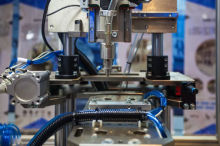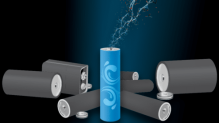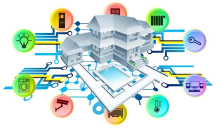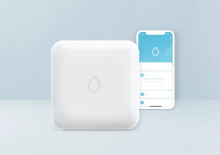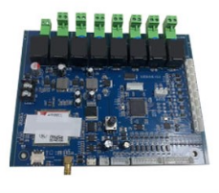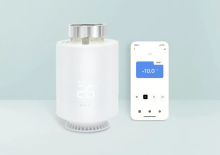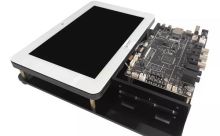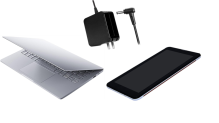Intelligent cockpit is the focus of development, design and differentiation competition in the current automobile industry. The current intelligent cockpit controller is mostly a complex system with "one machine and multiple screens" after integrating several controllers such as traditional IPK, HMI, HUD, DMS and so on. In terms of software architecture, multiple operating systems are also one of its major features, such as the integration of Android and QNX system is the most common scheme, and the hardware interface is usually the on-board Ethernet, CAN/CAN FD and LVDS.
Due to its own characteristics, the cockpit domain controller has tens of thousands or even hundreds of thousands of functional test cases. It completely relies on the traditional manual test, which needs to invest a lot of human resources, and is difficult to meet the needs of the increasingly short project development cycle and rapid software iteration. In order to improve the test efficiency, it is necessary to use automatic/semi-automatic way to complete the function test of cockpit domain controller.
From the perspective of functional testing at the component level of the intelligent cockpit domain, the tests mainly focus on the following aspects:
A) Vehicle and environment information display function: central control, instrument, HUD, streaming media rearview mirror, electronic rearview mirror, A-pillar and other display interaction
B) Entertainment and browsing functions: local and online media playback, games, document and web browsing and reading, etc
C) Configuration, setting and control functions: personal account, vehicle/driving information setting, APP installation/uninstall, etc
D) AR navigation, circumnavigation, rear vision, night vision and other functions
E) In-car monitoring: driver/occupant head, face, eye monitoring function and health monitoring
F) Interactive functions: voice interaction and gesture control
G) Online and offline service functions of user APP
H) Connection function: Bluetooth, WiFi, USB, 4G/5G, etc


